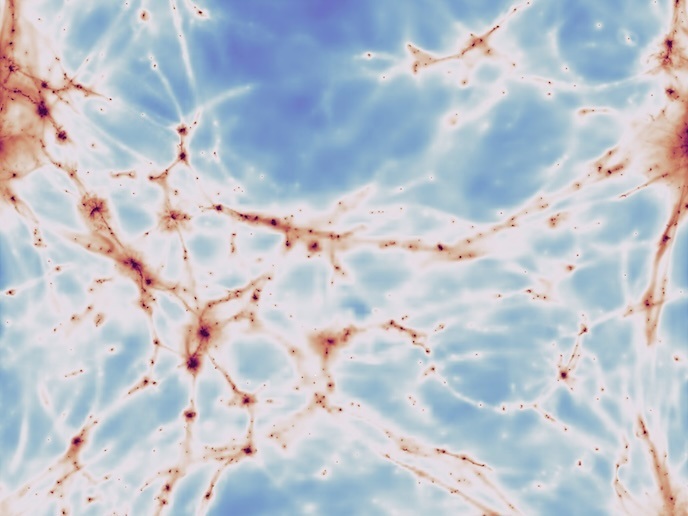Far infrared space interferometry brought into focus
The FIR region of the electromagnetic spectrum opens a unique window on astrophysical processes that are obscured at other wavelengths by cosmic dust. With our FIR glasses, we can look at the heart of massive black holes or the very birth of stars and their associated planetary systems. To date, two European Space Agency (ESA) space missions – Herschel and Planck – have made an important contribution to our knowledge of this invisible universe. However, both these space-borne telescopes have limited spatial and spectral resolution which means that the current FIR glasses give foggy images. To overcome this limitation, the EU-funded project FISICA (Far infrared space interferometer critical assessment: Scientific definition and technology development for the next generation THz space interferometer) brought together experts on space FIR instrumentation with leading astronomers. Engineers and scientists joined their efforts to identify still-open scientific questions that a FIR space interferometer could help find an answer to. By addressing the current lack of observational capability in the FIR and complementing the Herschel and Planck telescopes, it will improve our understanding of the universe. A FIR space interferometer can reveal many of the Universe secrets, through sharper images and multi-band spectral coverage. The scientific power of such an observatory would be immense, but critical technology developments are needed to make a realistic proposal. For example, how can you stabilise and position a multi-mirror telescope in space with sufficient accuracy? Can using carbon fibre reinforced polymer mirrors help reduce the mass to be launched effectively? Can we use cubesats as a cost-effective way to validate a high-sensitivity accelerometer and the hypertelescope concept in space? FISICA partners investigated these aspects and developed a prototype test bed for FIR interferometry to assess the technological readiness of key optical components. Furthermore, the team created a computer model to simulate the performance of the full optical system with adjustable input parameters. Specifically, the FISICA team opted to implement a double-Fourier-transform FIR interferometer concept. The innovative demonstrator was designed to resolve light from an extended scene, both spectrally and spatially. Using electromagnetic modelling techniques, several issues related to its operation at long wavelengths, such as beam-propagation and fringe visibility, were investigated. The FISICA outcome is expected to pave the way for a truly pioneering space mission, able to shed new light on dust-obscured astrophysical processes.







